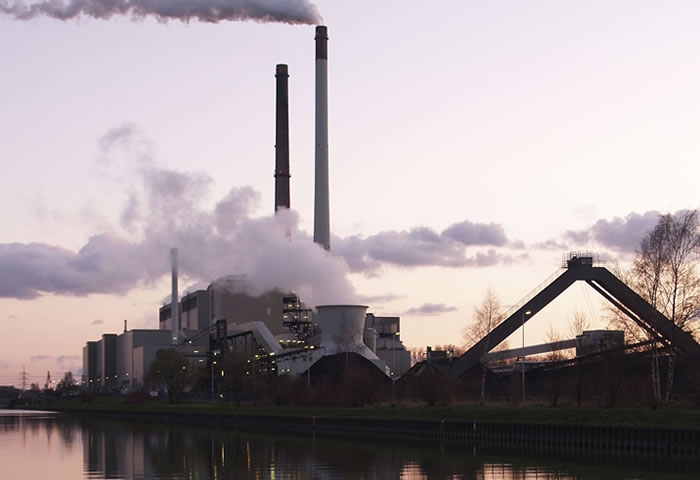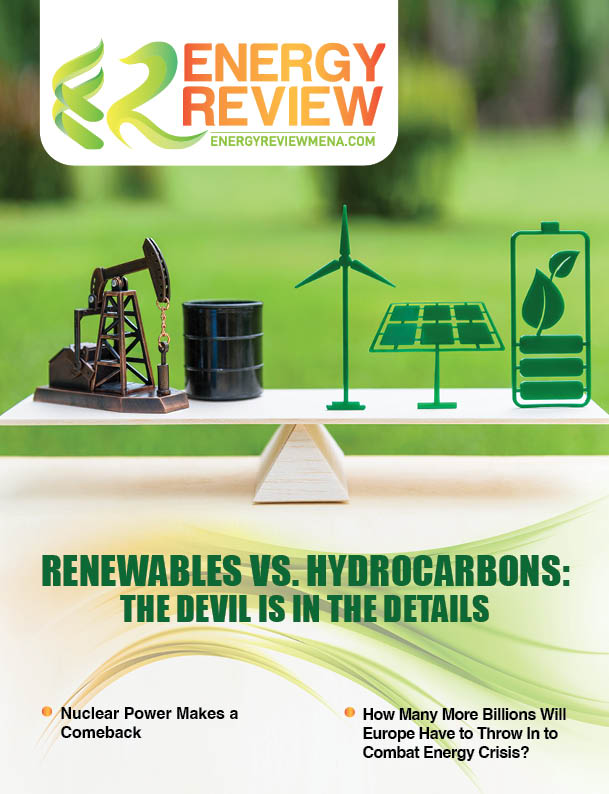US greenhouse gas emissions are expected to drop by 17% in 2025 compared to 2005, even though President Barack Obama had set at least a reduction of 26% as an objective, according to the study commissioned by the coalition of cities, states and America's Pledge companies, which has measured and taken into account the environmental commitments of these non-federal players.
The study, funded by the philanthropic organization of the billionaire and former New York mayor Michael Bloomberg, was released at the Global Climate Action Summit 2018, which took place in San Francisco, California, welcoming thousands of delegates from around the world.
But these figures show, according to the authors, that the gap can be filled to -21%, or even -24%, if the commitments of non-federal actors increased.
“Obama's goal was always going to be hard to reach,” said Paul Bodnar, director of the Rocky Mountain Institute, who co-developed the model that allowed to get the forecast.
“This work rigorously shows that states, cities and companies have the power to bring the country to the threshold of this ambitious goal, on their own authority,” he said in a presentation to the press.
But to completely catch up, Mary Nichols, vice president of the America's Pledge coalition, urged “everyone to make a commitment”, not only the federal states, but also, ultimately the federal government, which has exclusive jurisdiction over federal oil and gas operations, extensive forests, or aviation and marine emissions.
A few months after he came to power, Donald Trump announced the withdrawal of the United States from the Paris Agreement of 2015. He launched simultaneously the process of canceling two pillars of the climate plan of his predecessor: coal-fired power plants and anti-pollution standards for vehicles.
These decisions have roused a number of Democratic governors and mayors, as well as companies, who have promised to act at their level to meet the initial objectives of the Paris agreement.
By 2025, the largest decline in emissions will come from the shift of electricity production to renewable energy sources. Several states and cities have adopted binding timetables, facilitated by the rapid decline in the cost of solar and wind energy since the early 2010s.
Meanwhile, between 2006 and 2016, the report notes that 15% of the US coal-fired power plants have closed, a pace that continues today despite Trump’s administration support to the sector.
The expected progress by 2025 is more modest in other carbon-emitting sectors, including transportation, the largest source of greenhouse gases in the United States. One main reason is that fleet renewal is slow, with consumers keeping their cars for a long time. However, ten states, including California, are forcing automakers to market electric models.

The US down by a third of its initial goal of reducing greenhouse gases in 2025
/
Policy & Regulations
/
Sunday, 16 September 2018 08:13
A report following a summit on climate change in San Francisco, stated that the US should only reach two thirds of the reduction of greenhouse gases set initially by Barack Obama in the Paris agreement by 2025.








